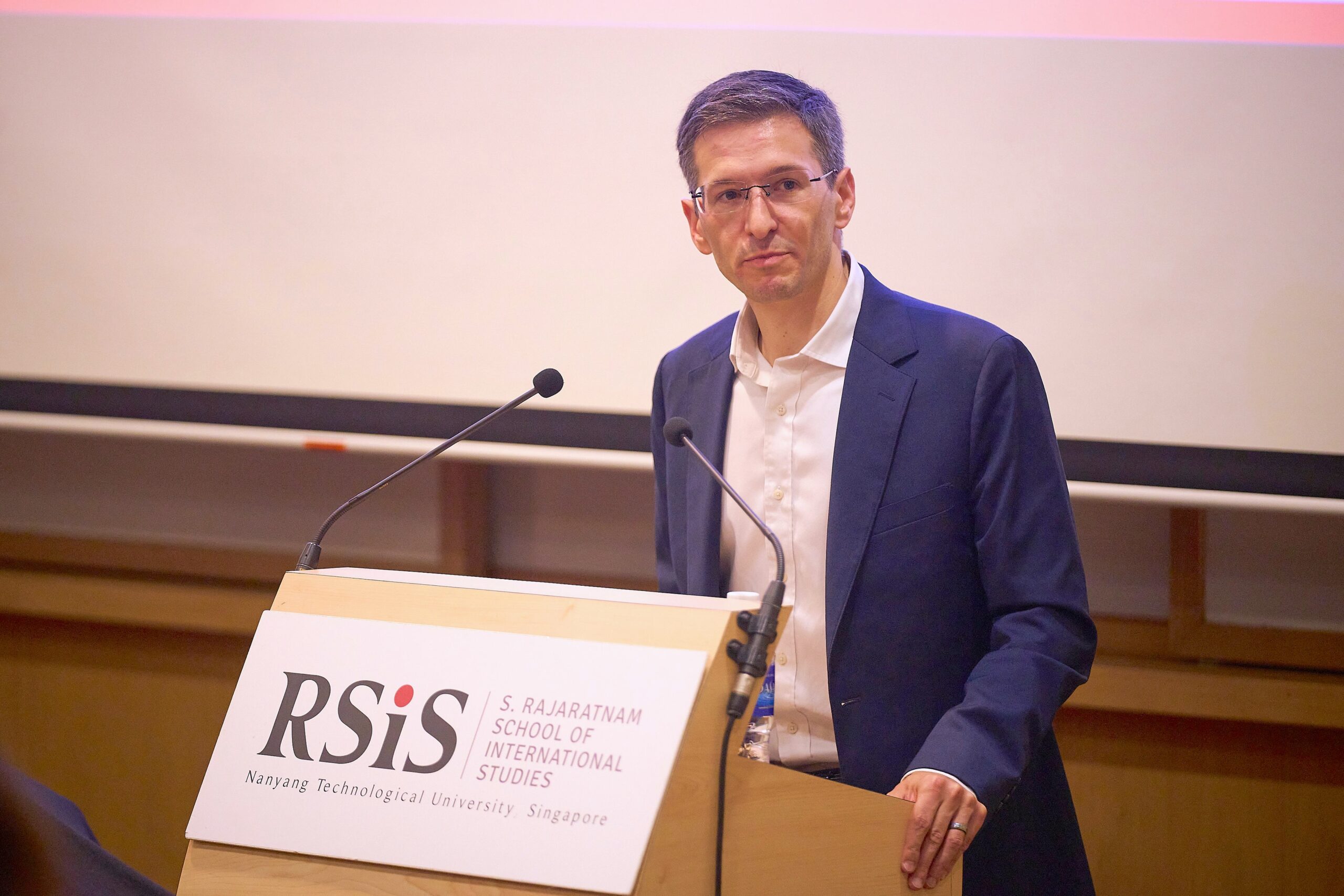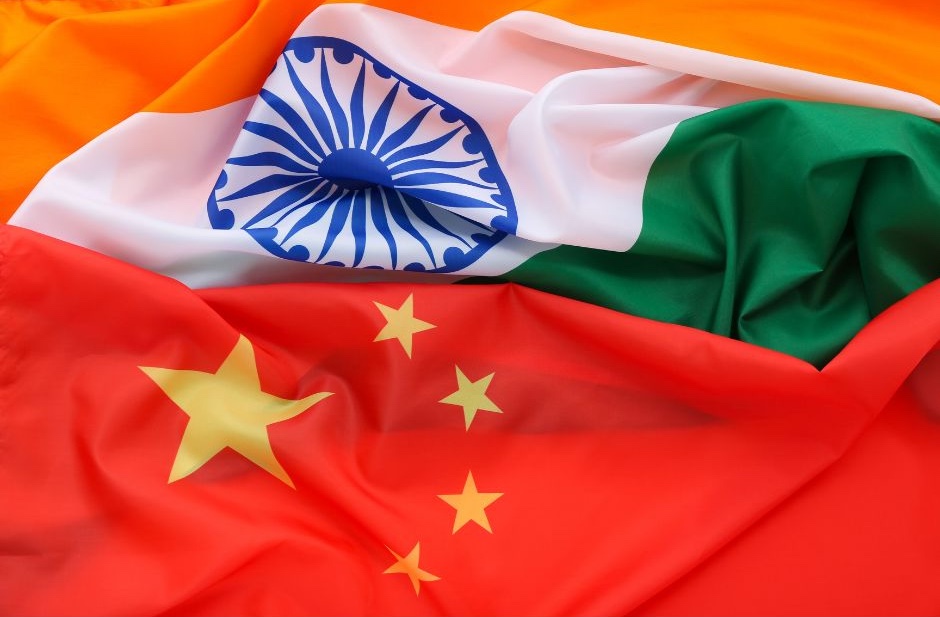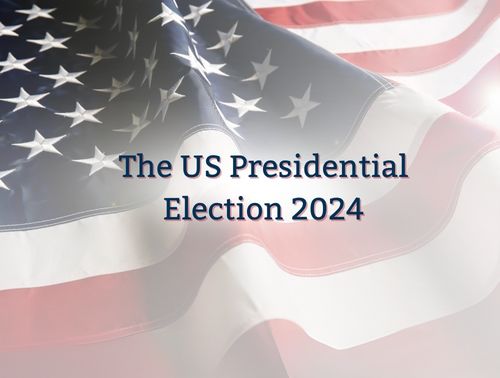

What are the merits of the US shifting its policy on the cross-strait issue from strategic ambiguity to strategic clarity? Professor M. Taylor Fravel, S. Rajaratnam Professor of Strategic Studies at RSIS, Arthur and Ruth Sloan Professor of Political Science, and Director of the Security Studies Program at Massachusetts Institute of Technology; explored this question in a seminar titled “Strategic Ambiguity or Strategic Clarity? US Taiwan Policy and Cross-Strait Relations” on 27 August 2024.
Prof Fravel began his remarks by reflecting on the development of US strategic ambiguity within the “One China Policy”, tracing its origins to the 1972 Communique, the 1979 Communique, the Taiwan Relations Act, and the 1982 Six Assurances. He emphasised that the US “One China Policy” does not explicitly state how the US would respond to potential cross-strait conflicts. He also identified three key elements of strategic ambiguity: deterring Beijing from initiating conflict by forcing it to assume the worst about US resolve, deterring Taipei from pursuing formal independence after the 1990s, and providing assurances about what the US will not support.
Prof Fravel highlighted recent developments affecting the cross-strait issue, including the modernisation of the People’s Liberation Army and increased military pressure on Taiwan, the loss of diplomatic allies since Tsai’s 2016 election, and the belief that Xi Jinping has a timeline for achieving unification. He then discussed strategic clarity, suggesting it could strengthen deterrence by eliminating doubts about US intentions, reducing the risk of conflict due to miscalculation. He also highlighted additional benefits of strategic clarity, including improved credibility with regional allies, the potential for significantly expanding US military ties with Taiwan, and increased military support for Taiwan.
Lastly, Prof Fravel examined the case for maintaining strategic ambiguity, arguing that Xi Jinping has not adopted a clear timeline for reunification and that Beijing’s military planning likely assumes US intervention. He concluded that a formal shift to strategic clarity could weaken deterrence and that the key difference between the two approaches lies in assessing “what deters” and Beijing’s timeline, with strategic ambiguity remaining the more prudent choice.





























